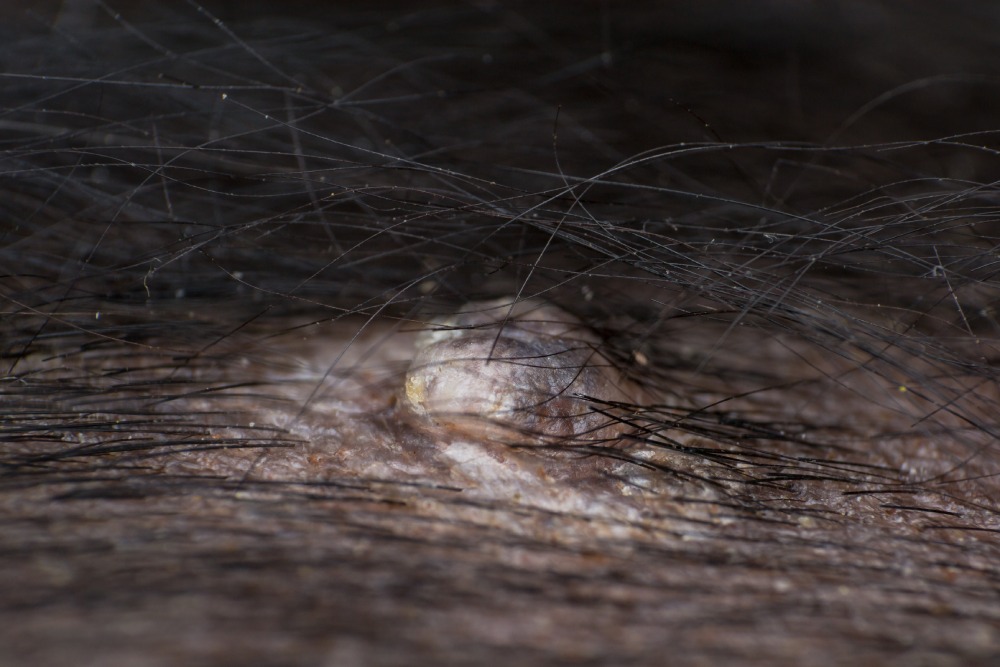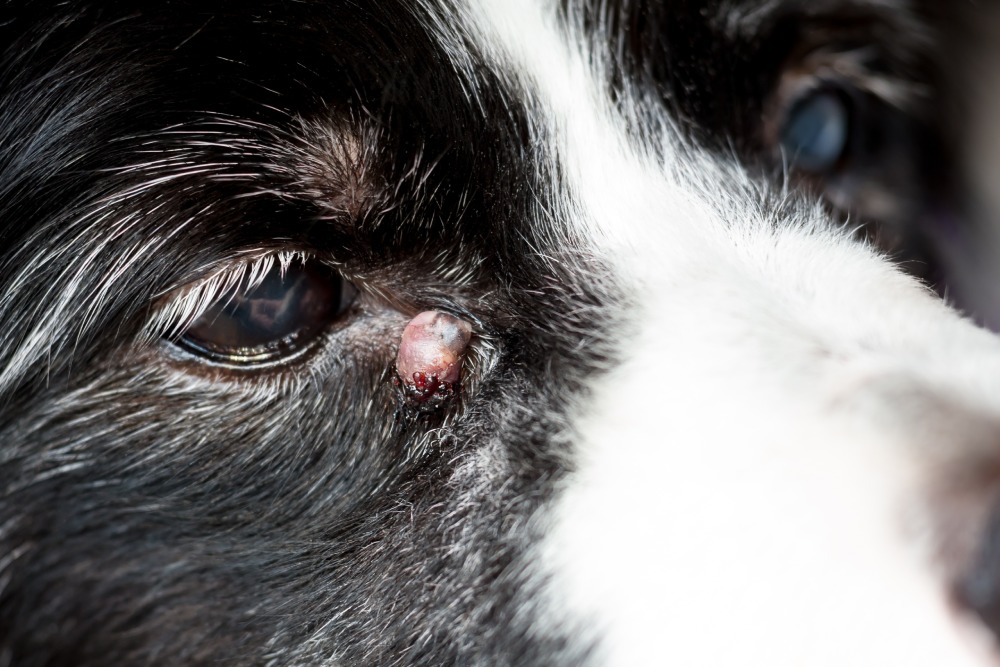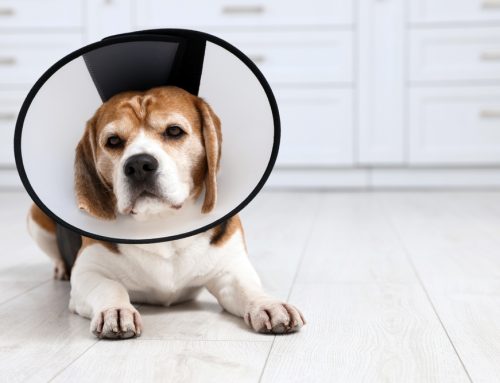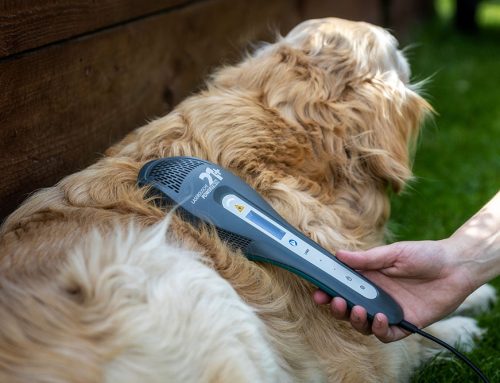When to Worry About a Lump on Your Pet
Finding a lump or bump on your pet can be concerning, but not all growths are dangerous. Some are harmless, while others may indicate infection or a more serious condition such as cancer. The key to protecting your pet’s health is early detection and veterinary evaluation.
At Pinedale Animal Hospital in Pinedale, Wyoming, our team helps pet owners assess and manage abnormal growths to ensure pets remain comfortable and healthy. If you notice an unusual lump on your pet, schedule an appointment for a professional evaluation.
Common Types of Lumps in Pets
Pets can develop a variety of benign and malignant growths. Understanding the differences can help you determine when to seek veterinary care.
Benign Growths (Usually Harmless but Should Be Monitored)
- Cysts – Fluid-filled sacs caused by blocked glands or hair follicles. While generally harmless, they can become infected.
- Lipomas (Fatty Tumors) – Soft, slow-growing fatty tumors that are common in older or overweight pets. They are usually benign but may require removal if they become too large or interfere with movement.
- Warts (Papillomas) – Viral skin growths, more common in younger pets. They are usually harmless but can sometimes cause discomfort.
Potentially Serious Conditions or Malignant Tumors
- Abscesses – Painful, pus-filled swellings caused by infections, bites, or foreign objects under the skin. Immediate veterinary care is needed for drainage and treatment.
- Mast Cell Tumors – Potentially cancerous tumors that can release histamines, leading to inflammation, itching, or severe systemic reactions. Early removal is often recommended.
- Lymphoma – A serious cancer affecting the lymphatic system, often appearing as swollen lymph nodes. If you notice firm, rapidly growing lumps, seek veterinary attention immediately.
For more details on cancerous tumors in pets, visit Types of Cancer in Pets – AAHA.
Signs That a Lump May Be Serious
While some lumps are harmless, others require immediate veterinary attention. The following symptoms may indicate a more serious condition:
- Rapid growth – A lump that significantly increases in size within a few weeks.
- Pain or tenderness – The lump is painful when touched.
- Changes in color or texture – Darkening, hardening, or ulceration of the skin.
- Bleeding or discharge – Any lump that oozes fluid, pus, or blood.
- Changes in behavior – Lethargy, loss of appetite, or unexplained weight loss.
If your pet is experiencing any of these symptoms, contact Pinedale Animal Hospital as soon as possible for an evaluation.
Steps to Take If You Find a Lump on Your Pet
- Examine the lump carefully – Note its size, shape, texture, and whether it moves under the skin.
- Monitor for changes – Take weekly photos and measurements to track any increase in size, color changes, or new symptoms.
- Schedule a veterinary exam – Early assessment can help determine whether testing, monitoring, or removal is necessary.
For a detailed guide on performing a home exam, visit Home Exam for a Sick Dog – Humane Society.
How Veterinarians Diagnose and Treat Lumps
At Pinedale Animal Hospital, we use a range of diagnostic tools to determine the nature of a lump:
- Fine Needle Aspirate (FNA) – A small needle is used to collect cells from the lump for microscopic evaluation.
- Biopsy – A tissue sample is removed for more in-depth laboratory analysis.
- Imaging Tests – X-rays, ultrasounds, or CT scans can help assess the internal impact and spread of the lump.
Treatment Options
The appropriate treatment depends on the diagnosis:
- Benign lipomas or cysts may require no treatment unless they interfere with movement or become uncomfortable.
- Infected abscesses need draining and antibiotic therapy.
- Cancerous tumors may require surgical removal, chemotherapy, or radiation therapy.
For information on advanced cancer diagnostics and treatments, visit Veterinary Cancer Society Pet Owner Resources.
Preventative Measures and Regular Health Checks
Early detection and regular veterinary check-ups are key to managing your pet’s health. Consider the following proactive steps:
- Schedule regular vet exams – Early detection increases the likelihood of successful treatment.
- Monitor your pet’s skin and coat – Check for new lumps monthly, especially in senior pets.
- Maintain a healthy weight – Obesity can increase the risk of developing certain types of growths.
- Provide proper nutrition – A well-balanced diet supports immune health and skin condition.

Frequently Asked Questions About Pet Lumps
How often should I check my pet for lumps?
It is a good practice to examine your pet for new lumps at least once a month during grooming sessions.
What are the warning signs that a lump is cancerous?
Rapid growth, hardness, ulceration, or changes in color may indicate malignancy. Any lump that causes pain or appears infected should be evaluated by a veterinarian.
Can I prevent lumps from developing on my pet?
While some growths are unavoidable, regular check-ups, proper nutrition, and maintaining a healthy weight can reduce the risk of certain types of tumors.
Should all lumps be removed?
Not necessarily. Benign lipomas and cysts often do not require removal unless they cause discomfort. Your veterinarian can help determine whether surgery is necessary.
Partnering With Pinedale Animal Hospital for Your Pet’s Health
Lumps and bumps are a common concern for pet owners, but with early detection and professional evaluation, many can be managed effectively. At Pinedale Animal Hospital, we provide comprehensive diagnostics, treatment options, and expert guidance to help ensure your pet’s long-term health.
If you find a lump on your pet or need a second opinion, schedule an appointment today. Our team is here to help you make informed decisions about your pet’s well-being.








Leave A Comment